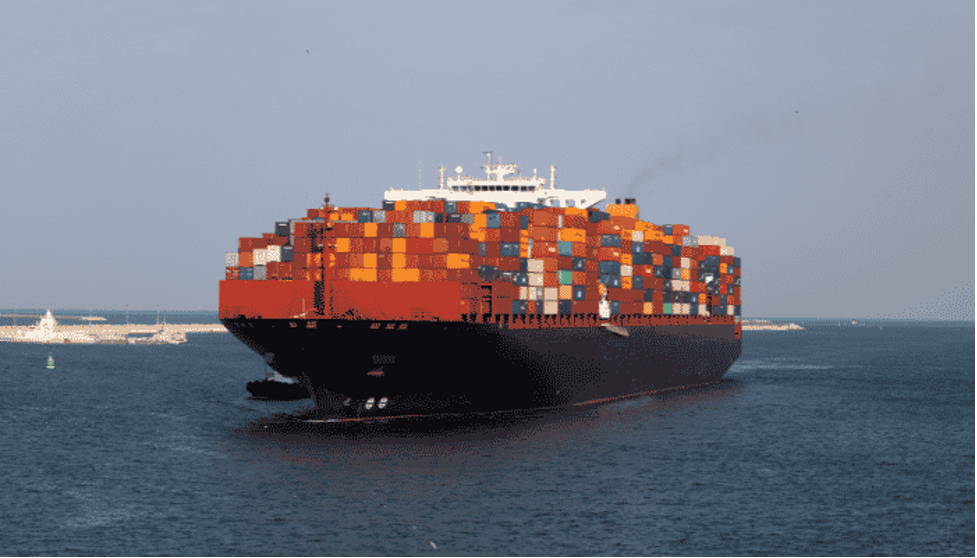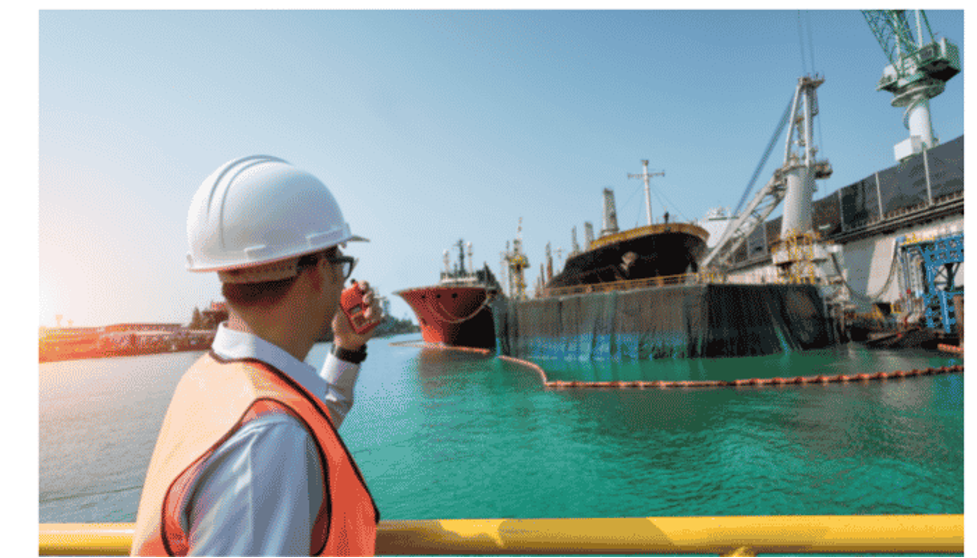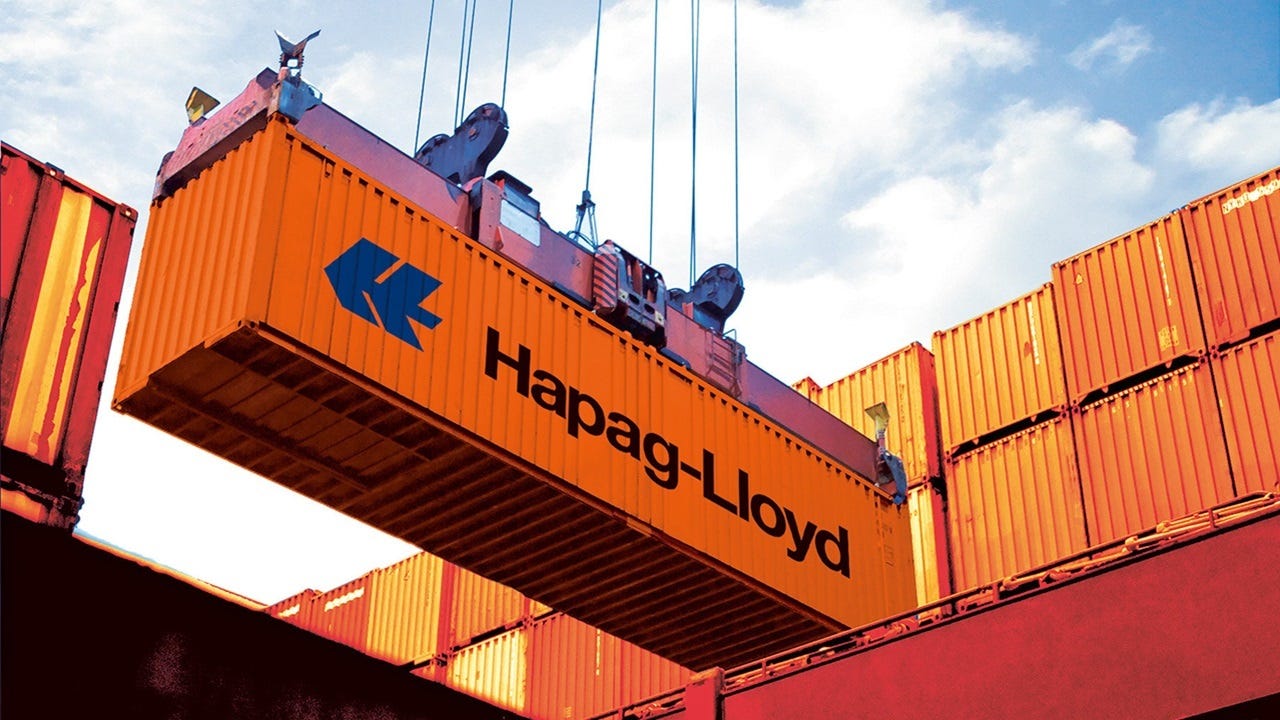HOW SHIPPERS SELECT CONTAINER CARRIERS – 11 IMPORTANT FACTORS
none
How Shippers Select Container Carriers – 11 Important Factors
The container shipping industry is characterised by the presence of a multitude of players on global, regional, and local scales. Despite the intense M&A activity that the industry has witnessed since 2000, there still exists healthy competition on almost all trade lanes (a fact attested to by the US FMC, which after conducting a comprehensive investigation into allegations of anti-competitive practices and profiteering by container carriers, finally concluded that the prominent trade lanes were characterised by robust competition).
Over the past two decades, in response to aggressive competition, slim margins, and lack of customer discernment regarding transit times, the industry has become highly commoditised, with relatively little differentiation in service levels provided or, regardless of the prices charged, proportional to that.

Besides, the market is replete with products from multiple carriers, which have little to differentiate between them. Shippers and Exporters have been focussing on freight spending and displaying an increasing propensity to prioritise lower rates over faster transit times, which further perpetuates the trend of commoditisation (due to the reduced commercial viability, Carriers have little incentive to offer shorter times in the absence of demand).
In such a scenario, Shippers are often in a dilemma regarding the choice of container carriers. Apart from obvious factors such as origin and destination ports served and price, there are many other considerations that Shippers must consider while selecting a container carrier.
In this article, we will delve into these factors and understand how they influence the decision of which Carrier to use and the relative importance of each element.
1) Services offered / Ports served
This is perhaps the most elementary criteria, i.e. whether the Carrier serves the origin and destination that the shipper requires. The ideal situation would be one where the Carrier serves both the origin and destination ports (or at least as close as possible); however, given that there are a many major and minor ports dotting the coastlines of various countries and regions, it is generally neither operationally possible nor commercially feasible for a Carrier to serve all such port combinations.
Therefore, if the Carrier doesn’t serve the exact locations required, the Shipper/ Exporter will need to look at other alternative ports that the Carrier does serve and gauge how suitable those ports are for the shipper’s transportation requirements. (in terms of distance from the final destination, hinterland connections, reliability and frequency of such links, transit time from origin port to the final destination and the incremental transit days vis-a-vis the originally requested port, cost, etc.).

Generally speaking, with the steady increase in global port connectivity, shippers are highly likely to find a carrier which will serve their preferred ports of call.
Often, different Carriers call to varying ports in a country, wherefore even if one Carrier is unable to offer a direct service (or at least provide a suitable option that would adequately serve the shippers’ transport requirements), there will most likely be other carriers offering services on the desired port corridors.
This criterion assumes greater importance when calling at second rung or smaller ports because while most major ports are serviced by multiple carriers (thus offering exporters a reasonable range of competing products to evaluate and select from), in the case of second-tier or smaller ports or ports in niche trades, only a minimal number of carriers might offer services, in which case the process of elimination ensures that the choice is almost by default.
2) Freight rates
Freight rates are a prominent factor in deciding on a carrier. While lower freight rates make the Carrier more attractive from the shipper’s perspective, it must be gauged in conjunction with the overall service provided (as determined by all the factors mentioned in this article).
The shipper has to judge whether the service levels are commensurate with the rates quoted, as well as calculate the impact on its supply chain and potential impact on its business and revenues in the unfortunate event of service delivery failures.
Thus, the quantification of the potential risk involved in utilising the services of carriers who offer low rates but possess a poor track record when it comes to customer service will determine whether to avail of the lower rates or go in for an alternate carrier who charges more but has a reputation for providing exemplary service and operational excellence.
Thus, this is a trade-off between savings from lower freight rates and the incremental increase in overall TCO (arising from factors such as excess inventory, contingency planning for delays, risks of stock-outs and obsolescence etc.).
3) Routing and whether Transshipment or Direct
In international shipping, most regions and countries are accessible via more than one route, depending on the length of their coastline and access to oceans, construction of canals etc. This enables the Carriers to provide multiple products catering to a port/ region/ country, i.e. more than one service calling the port/ country but following a different route.
An excellent case illustrating this is the US East Coast trade. Services from Asia to US East Coast ports can take the Westbound route via the Suez Canal or the Eastbound route, traversing the Panama Canal. Note: the Panama Canal option was facilitated only a few years back due to its expansion, which now enables it to accommodate vessels of close to 15,000 TEUs, as opposed to its earlier limit of 5,000 TEU vessels. Carriers, therefore, can offer two distinct products for shippers wishing to export to US East Coast ports, from which the shipper can pick the option that suits his requirements better.
Another example is Asia to Europe trade, where the traditional route traverses the Suez Canal. This involves additional costs in terms of paying Suez Canal transit fees but saves considerable time and money that would otherwise have been spent on the increased bunker, consumed by following the longer route via the Cape of Good Hope, which essentially involves circumnavigating across the entire length of the African continent.

While the Suez Canal route is almost the default route for most services, the Cape of Good Hope route was used by a few Carriers when the Suez Canal was blocked due to the grounding of a mega container vessel last year. Carriers also use the alternative route on the backhaul leg (return journey from Europe to Asia, where volumes and freight rates are far lower than the head haul Asia-Europe leg of the service).
The rationale was that the incremental bunker costs on account of the higher consumption to cover the longer distance were still lower than Suez Canal toll fees. Further, given that there was plenty of excess capacity, additional transit time could be compensated through the infusion of more vessels on the service – thus striking an optimal balance (from the Carrier’s perspective) between costs, margins, transit times and deployment of all available capacity. This option has become popular in a low freight rate environment, where Carriers try to rationalise expenses as much as possible.
Shippers must carefully evaluate routing options in detail, as the distances involved, rates, ocean transit times, and schedule reliability will differ for each route.
The shippers’ route choice will be contingent on factors such as the cargo’s nature and value, the urgency of shipment, onward connections, weather conditions, geo-political environment etc.
4) Frequency of services
The frequency of services, along with the scheduled transit times, determines the average transportation time and when the cargo will reach its destination (and, after that, be able to generate revenue by being sold as a finished product or being processed into the final product). Frequency determines the shippers’ backup options if sailing is missed or when the cargo is rolled over onto the next vessel.
The nature of the Container shipping industry is such that on most major trade lanes, shipping services are offered weekly. However, in the case of smaller trades, the frequency might be lesser, which will lengthen the time required for the product to reach its ultimate destination.
Bigger carriers with relatively larger fleets can deploy more vessels and thus offer more frequent services, while smaller carriers are hampered by their smaller fleet sizes.
5) Customer service
Following the adage of price and quality being co-related, a carrier’s level of customer is an essential factor in selecting a transport partner.
Given the number of pitfalls and bottlenecks in international trade, numerous things could go wrong. If the cargo is in transit, then the shipper is almost entirely reliant on the Carrier for regular updates and daily status reports, as well as the actual safe and timely delivery of the cargo.
Suppose the Carrier has a solid and well-trained customer service team backed by sophisticated systems and supply chain management platforms. In that case, the shipper can, to a great extent, be assured of timely updates, cargo visibility and security, proactive support to ensure timely cargo delivery and cooperation from the Carrier.
Given today’s business reliance on JIT and that most companies operate their supply chain with little or no buffers, the value of these intangibles to any business is far greater than would be evident to a casual observer.
This is why carriers increasingly invest in boosting their internal customer service departments whilst outsourcing or offshoring routine documentation tasks.
The shippers’ decision is made easier if the Carrier has a track record of providing good customer service and is proactive in handling customer issues.
6) MQC schemes and Rebates
This factor assumes greater importance, especially for bigger shippers, who control considerable volumes and hence are considered to possess the prime potential for carriers. To gain the sizeable volumes over a more extended period and ensure a regular flow of cargo and revenue, Carriers often offer lower rates in return for a particular minimum quantity commitment (MQC). The rates typically depend on the quantity committed; the higher the volumes committed, the lower the rates.
Rebates are offered to shippers to incentivise them to ship more cargo with the Carrier. Rebates are based on slabs (of containers) and corresponding amounts offered as rebates. The rebates are generally per TEU and depend on the annual volume contracted to the Carrier.
The difference between MQC-linked lower rates and Rebates is that the former are guaranteed rates offered upfront to the shipper and recorded in the contractual agreement between the shipper and the Carrier. The latter is determined by the quantity/ number of containers the shipper ships in that particular year (or the contract duration period). The rebate amount and applicable pay-outs are determined after the contract is over.
More prominent shippers can save considerable amounts from their transport costs by leveraging their volumes to negotiate lower rates and sizeable rebates.
7) Transit Times
While the transit times factor has been rendered somewhat secondary by the phenomenon of commoditisation, there still exist certain situations where transit times are deemed essential.
When it is high-value reefer cargo, the shipper would want the shipment to reach the destination as fast as possible so that he can sell it more quickly, earn revenue and realise his dues earlier, and ensure high turnover. Also, the reduced turn times decrease the risk of damage, pilferage, etc.
Likewise, as happens with fast-moving or time-sensitive goods, such as high fashion clothing and garments or seasonal clothing, their shelf life is relatively short, and it is imperative that the cargo arrives in time and as planned, failing which the shipper could potentially be facing lower sales and revenue losses, besides a reduction in margins.
Companies have recently attempted to balance the demand for commoditised services with the need for premium services by adding a certain number of premium services, guaranteeing faster turn times. These services are offered on high-volume corridors to be utilised by shippers of high-value or time-sensitive cargo.
This typically happens in North-South trades (NAM-SAM or Australia) or Transpacific. The vessels used for the premium/ faster services are usually smaller than the average size of all ships plying that particular trade.
There usually exists an inverse correlation between transit times and freight rates. Carriers with a slower service often offer a lower rate to entice shippers to book with them, while those offering faster services charge a premium. The commoditisation of the container shipping industry means that the premium commanded for faster services has been steadily declining (as shippers prioritise cost savings over faster lead times) and is modest at best. However, it still exists, leaving the shipper to evaluate whether the monetary benefit of getting the cargo shipped faster is worth more than the incremental freight costs.
8) Historical schedule reliability levels
Sailing schedule reliability is the primary driver of overall supply chain reliability. Given the international nature and inherent complexity in the shipping industry, as also the numerous extraneous and non-controllable factors that can adversely impact sailing schedules, carriers always make it a point to highlight that the transit times in published sailing schedules are indicative/ tentative and subject to change without prior notice.
Supply chain disruptions can drive up not just freight rates but the overall TCO as well, as was seen in the post-covid pandemic period when the widespread disruptions led to an unprecedented spike in freight rates.
The implications for the exporter are that their supply chains, and consequently their business, will suffer if carriers’ schedule reliability displays extreme variability or if transit times are prolonged to the point of being unpredictable – which will render supply chain planning extremely difficult.
It is therefore essential for shippers to refer to historical schedule reliability levels for each Carrier before selection (though this can serve only as an indicator for reference, and there is by no means any guarantee that current or future schedule reliability will be similar to historical schedule reliability).
Data related to aggregate carrier-wise schedule reliability for each trade lane can be obtained from market research and market intelligence agencies which offer such services.
9) Availability of Equipment
After vessels, the biggest CAPEX item for Carriers is containers, which they must procure in varying sizes and types to cater to diverse business requirements. The most common size of the container is the 40′, followed by the 20′ and then the other types (such as 45′). In terms of container type, the most common type is the Dry container, followed by the Reefer container, and then particular equipment types such as flat racks, open tops, tank containers etc.
Carriers should ensure that their container equipment pool comprises the right mix of container types and sizes, designed to optimally serve the trades they cater to and product verticals they focus on.
Larger carriers have the money to buy more containers of varying dimensions and hence are at an advantage vis-a-vis smaller competitors.
From the exporter’s perspective, this translates into ready availability of equipment, i.e. whether the equipment will be available when his cargo is prepared and available for export. By possessing a bigger equipment pool, bigger carriers are better placed to allocate equipment immediately, while smaller carriers might sometimes not have the equipment.
On busy trade lanes, most carriers have adequate equipment supplies. However, on secondary or niche trades or equipment deficit locations, the bigger carriers are more likely to have the required container types readily available. The exporter will be compelled to choose that Carrier. This factor is significant when the shipment is reefer, out of gauge, or project cargo.
10) Environmental concerns
The growing focus on the environmental impact of shipping and the concerted efforts to reduce greenhouse gas emissions that the shipping industry accounts for is gaining increasing weightage in the selection criteria that shippers use to evaluate and rank carriers.
Shippers have increasingly preferred Carriers who have demonstrated a strong commitment to protecting the environment and reducing emissions. This is partly driven by end-consumer preferences for products and services with a low carbon footprint. Ikea and Walmart have stringent selection criteria for carriers.
Many companies are emulating the praiseworthy example of Walmart and Ikea and resorting to similar selection criteria.
11) Long-term relationship / strategic partnership approach
Due to the global scale of their business, supply chain reliability and long-term stability of transport models are of utmost importance for bigger exporters. To meet these requirements, they need equally strong transport partners who can complement their geographical presence with a worldwide network of services and capacity large enough to accommodate significant volumes. The intent is to develop a symbiotic and mutually beneficial relationship where both parties endeavour to optimise long-term strategic advantages rather than short-term gains.
For this reason, bigger shippers often prefer to partner with the more prominent carriers and generally enter into multi-year and multi-trade lane contractual relationships.
This factor doesn’t apply to smaller shippers in equal measure because the smaller scale and lower margins restrain smaller shippers from prioritising the reduction in transport cost by opting for the lowest-cost carriers rather than building long-term partnerships.
Source: marineinsight.com by Jitendra Bhonsle










